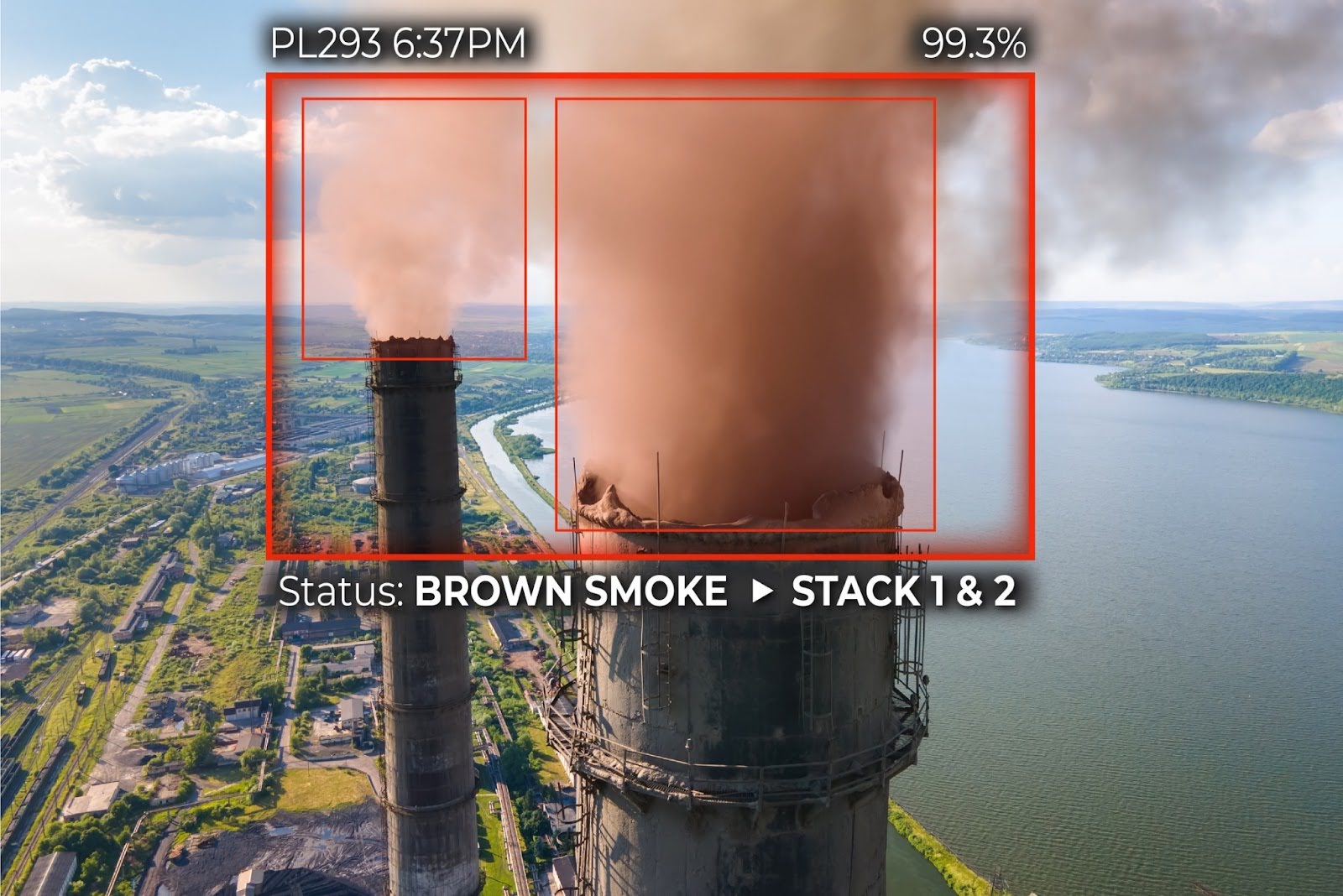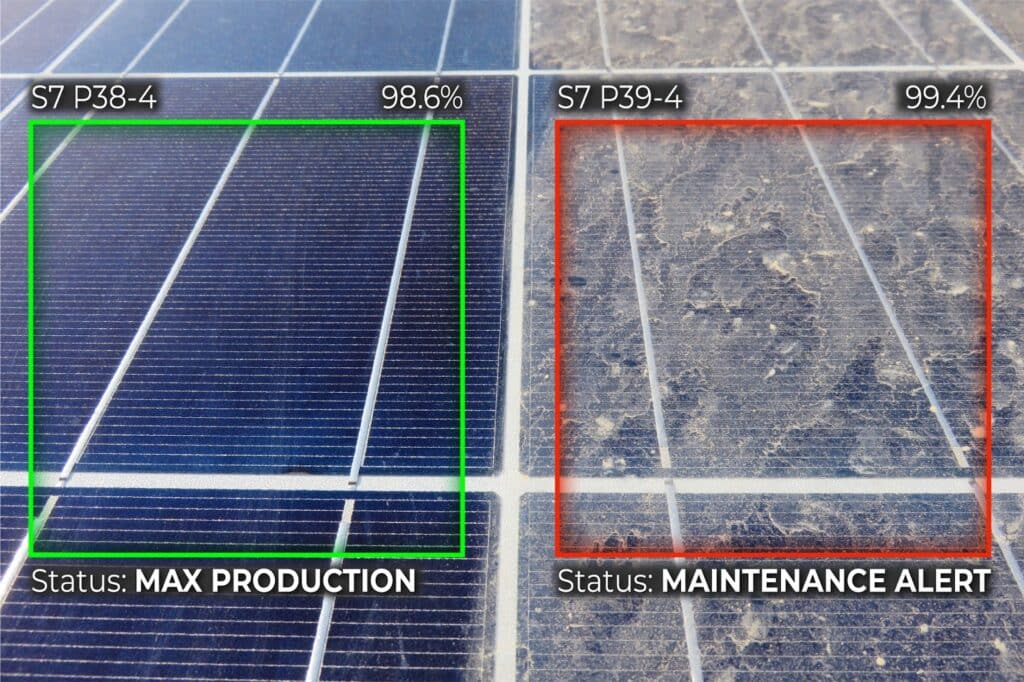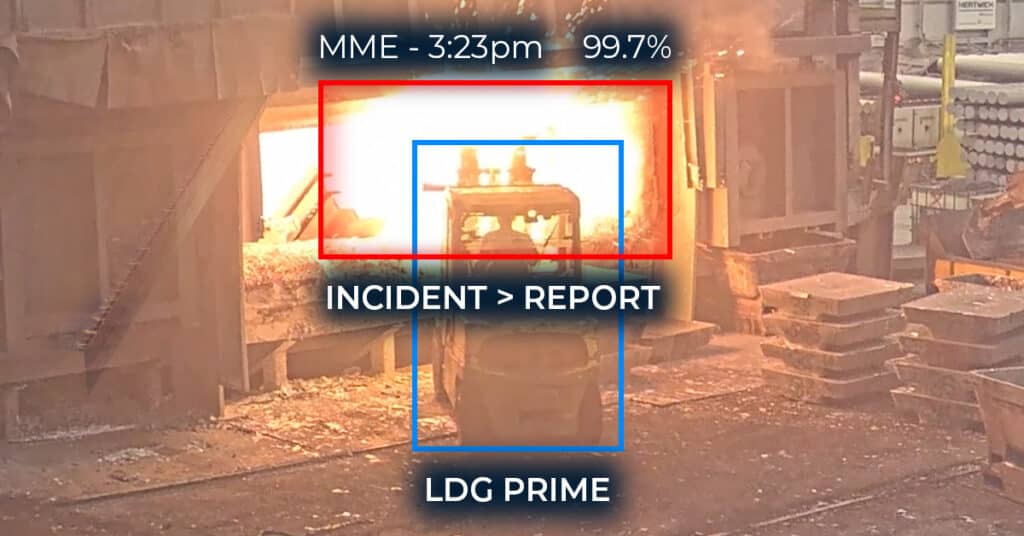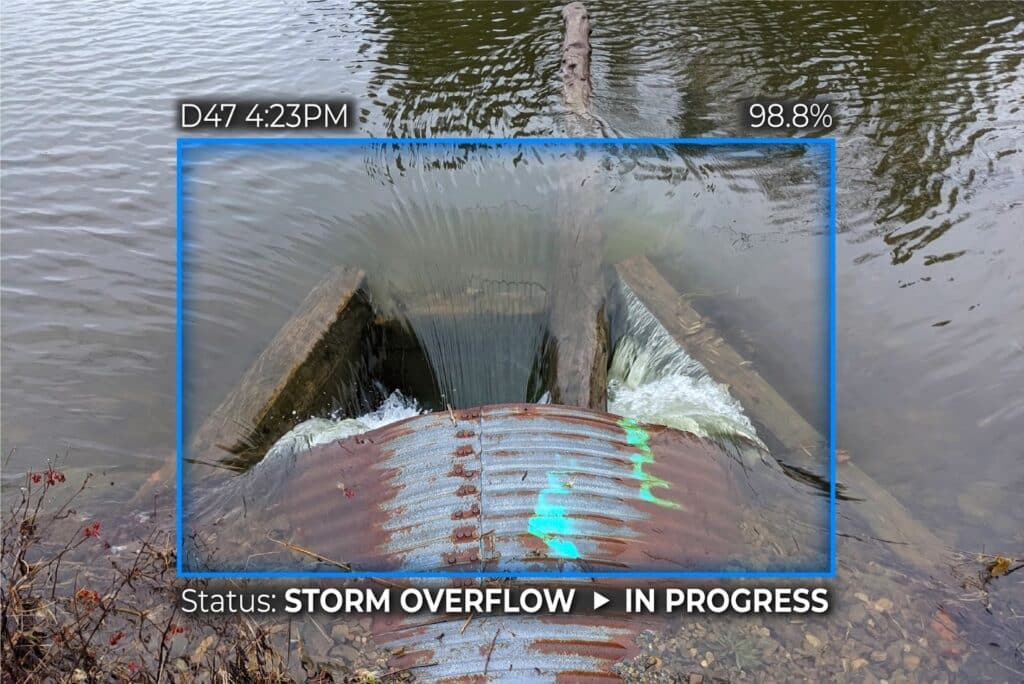Advancing the Energy Industry with Computer Vision

Matroid | May 27th, 2025

The energy industry powers every corner of modern life, from lighting homes and fueling transportation to driving industrial operations. At the industry’s heart lie manufacturing and infrastructure—critical elements that enable the energy sector to operate efficiently and sustainably. However, amid growing demands, environmental concerns, and aging systems, challenges within the energy industry have never been greater.
Fortunately, artificial intelligence (AI) advancements, particularly computer vision, show enormous potential to transform this landscape. Computer vision, a field of AI enabling machines to “see” and analyze visual data through cameras and deep learning algorithms, offers innovative solutions to some of the toughest challenges in the energy sector. From enhancing operational efficiency to boosting safety and cutting costs, this technology is proving to be a game-changer for energy and related manufacturing companies.
Challenges Facing the Energy Industry
Energy production, transmission, and maintenance are increasingly complex processes, and retaining operational efficiency while addressing evolving demands is far from straightforward. Some of the key challenges include:
Aging Infrastructure: Many power grids, pipelines, and energy systems are decades old, making them prone to inefficiencies, malfunctions, and failures.
Rising Energy Demand: The shift toward electrification, fueled by consumer and industrial energy needs and renewable adoption, pushes energy systems to their limits.
Environmental Impact: The need to reduce greenhouse gas emissions and enhance sustainability adds pressure to the transition toward clean energy practices without sacrificing reliability.
High Operational Costs: Routine inspections, maintenance, and monitoring often involve costly and time-intensive manual processes.
Safety Risks: Workers in remote areas face hazardous conditions when inspecting high-voltage equipment and monitoring infrastructure.
Addressing these challenges demands innovative tools and systems to streamline operations, reduce waste, and ensure safety standards. Computer vision backed by cutting-edge, no-code AI is one of the most reliable solutions.
Easing Industry Challenges with AI-Powered Computer Vision
The integration of computer vision in the energy sector is reshaping how companies meet operational demands. Here’s how this technology is driving solutions across key areas in the industry:
Transforming Inspections and Maintenance

Traditional methods of inspecting equipment or infrastructure often involve manual monitoring, which is time-consuming, expensive, and suffers from human limitations. Computer vision automates these processes, offering faster, more accurate results.
Matroid’s computer vision technology is already in place and revolutionizing turbine inspection. Wind turbines often suffer wear and tear due to exposure to elements like hail, lightning, and rain. Before computer vision, routine inspections required human crews—frequently using drones—to inspect turbines manually at significant cost and risk.
Matroid’s vision systems automatically detect anomalies and defects, including blade damage, through images and video analysis. Real-time defect detection reduces inspection time by 80% and minimizes downtime.
Visual AI models also allow for predictive maintenance. Companies can proactively address repairs by identifying early signs of equipment failure, such as cracks, corrosion, or overheating in machinery. This limits system failures while extending asset longevity. For industries that rely heavily on energy infrastructure, these insights reduce unexpected costs and ensure smoother operations.
Boosting Efficiency in Supply Chains
Energy production and distribution rely on intricate supply chains vulnerable to inefficiencies and bottlenecks. Computer vision enables automated monitoring of supply chain operations by analyzing occupancy levels, inventory visibility, and equipment usage patterns.
Consider substation monitoring. AI models analyze footage from connected cameras to track equipment conditions, monitor analog dials, and detect anomalies like oil leakage in transformers or overheating in panels. This real-time visibility ensures that power grids remain stable and resources are allocated dynamically for maximum efficiency.
Enhancing Safety Protocols

One of the biggest challenges in the energy sector is ensuring safety—both for workers performing critical operations and for preventing broader environmental or public hazards. Computer vision systems excel at automating hazard identification and maintaining compliance with safety standards.
For instance, these AI-powered systems detect proper protective equipment usage in high-risk zones, such as helmets and safety vests. Matroid computer vision also identifies unsafe practices like violations of restricted zones or proximity to dangerous machinery, issuing instant alerts to prevent accidents. Additionally, integrated fire and smoke detection systems monitor remote plants and substations, mitigating fire risks before a disaster occurs.
By empowering safety oversight and automating hazardous inspections, computer vision improves workplace conditions for employees while enhancing public and environmental protection.
Optimizing Renewable Energy Generation
Renewable energy sources like wind and solar power are critical for reducing the energy industry’s reliance on fossil fuels. Computer vision optimizes renewable technologies to maximize efficiency and output.
Solar farms benefit from AI-powered systems that monitor and adjust panel alignments based on sunlight angles throughout the day, ensuring maximum energy capture even during less-than-ideal conditions. On the other hand, wind farms utilize computer vision to track turbine health and pinpoint maintenance timings, reducing costs while improving energy generation efficiency.
The previously mentioned support for turbine inspection is supplemented by features such as Matroid’s Similarity Search. By quickly compiling similar images from archived footage, users can see damage progression over time to predict when repairs are necessary. Wind farms using this technology ensure that turbines remain operational longer, directly contributing to the consistent production of renewable energy.
Revolutionizing Data Analysis for Real-Time Decision Making

Data is integral to energy management, and the sheer volume generated by systems, grids, and equipment makes manual processing impossible. Computer vision and edge computing enable real-time data acquisition and analysis, empowering teams with actionable insights.
Power line inspections, for example, no longer rely on human review of drone footage. AI tools process vast visual data streams to detect faults like vegetation encroachment, broken spacers, or loose fittings, automating corrections before they escalate into crises. Substations leverage AI vision to report real-time KPIs, such as heat signature monitoring for overloaded transformers, enabling quick reactions to mitigate grid interruptions.
Extracting meaningful insights from live camera feeds or past imagery allows computer vision to assist businesses in optimizing energy usage, improving grid sustainability, and driving decision-making backed by reliable data.
Driving Energy Into the Future with Matroid’s Computer Vision
The energy sector is experiencing a technological revolution, with computer vision paving the way for efficiency, sustainability, and safety breakthroughs. We offer state-of-the-art AI computer vision solutions at Matroid for energy sector enterprises.
Our platform is designed to simplify implementation and maximize customization, enabling businesses to deploy robust systems that meet their unique needs without requiring any coding expertise. From detecting turbine faults to monitoring high-voltage systems, Matroid empowers energy-focused organizations to innovate boldly and securely.
Contact us for a one-on-one demo of Matroid’s computer vision platform and explore how the technology can be customized to solve problems and improve efficiency for your business.
Building Custom Computer Vision Models with Matroid
Dive into the world of personalized computer vision models with Matroid's comprehensive guide – click to download today